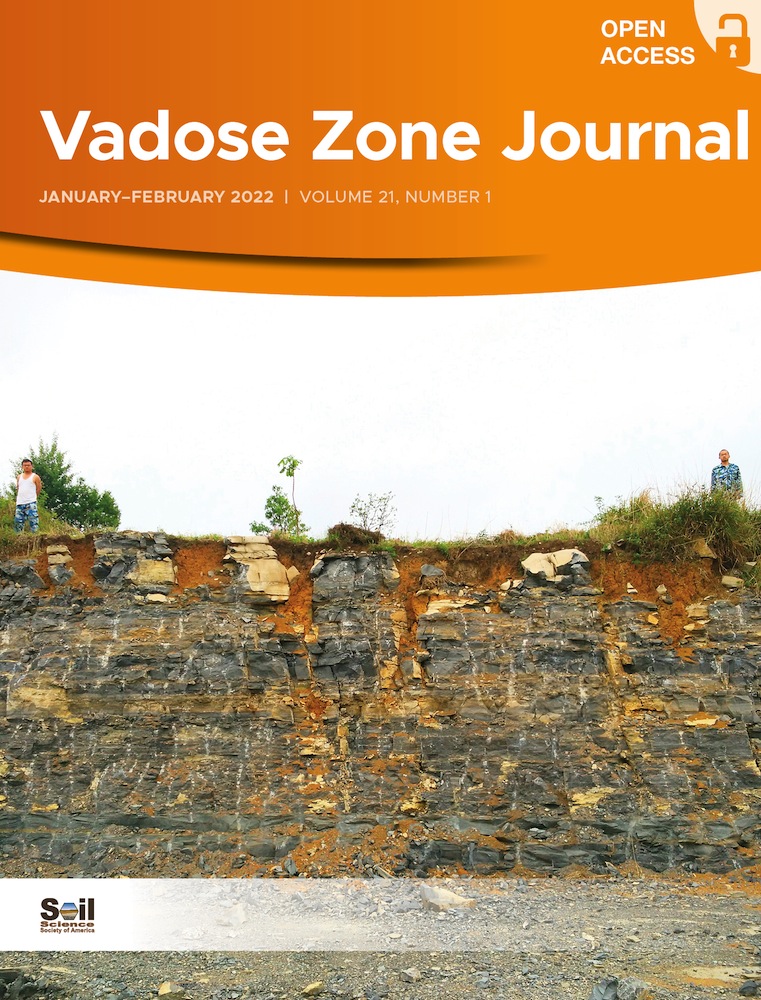Ver ítem
- xmlui.general.dspace_homeCentros Regionales y EEAsCentro Regional Patagonia SurEEA Santa CruzArtículos científicosxmlui.ArtifactBrowser.ItemViewer.trail
- Inicio
- Centros Regionales y EEAs
- Centro Regional Patagonia Sur
- EEA Santa Cruz
- Artículos científicos
- Ver ítem
Precipitation is the key determinant of topsoil δ15N values in southern Patagonia’s semiarid rangelands
Resumen
Nitrogen (N) cycling in rangeland soils could potentially be controlled by water supply, stocking rates, or a range of other variables, such as ecosystem N stocks. To gauge the relative importance and elucidate possible interactions among these factors, we
measured many abiotic variables to identify first-order controls of δ15N for Patagonia’s rangeland soils under contrasting historical grazing intensities. The results showed that δ15N values declined
[ver mas...]
Nitrogen (N) cycling in rangeland soils could potentially be controlled by water supply, stocking rates, or a range of other variables, such as ecosystem N stocks. To gauge the relative importance and elucidate possible interactions among these factors, we
measured many abiotic variables to identify first-order controls of δ15N for Patagonia’s rangeland soils under contrasting historical grazing intensities. The results showed that δ15N values declined as water availability increased. The effects of precipitation and stocking rate on soil δ15N values were additive, and the effect of precipitation far outweighed the effects of grazing pressure. The soil N stock was a weak predictive variable for modeling variation in δ15N of the soil. Earlier assumptions about an inflection point for N cycling and δ15N values related to aridity were not confirmed. We conclude that variation in water availability drives variation in δ15N
values irrespective of grazing intensity. We also conclude that meaningful interpretation of δ15N in soil will require a better mechanistic understanding of the interactions between water and N in the vadose zone than we currently possess.
[Cerrar]

Autor
Peri, Pablo Luis;
Duarte Guardia, Sandra;
Amelung, Wulf;
Ladd, Brenton;
Fuente
Vadose Zone Journal 21: e20183. (First published: 11 February 2022)
Fecha
2022-02-11
Editorial
American Society of Agronomy, Crop Science Society of America, and Soil Science Society of America
ISSN
1539-1663
Formato
pdf
Tipo de documento
artículo
Palabras Claves
Derechos de acceso
Abierto
 Excepto donde se diga explicitamente, este item se publica bajo la siguiente descripción: Creative Commons Attribution-NonCommercial-ShareAlike 2.5 Unported (CC BY-NC-SA 2.5)
Excepto donde se diga explicitamente, este item se publica bajo la siguiente descripción: Creative Commons Attribution-NonCommercial-ShareAlike 2.5 Unported (CC BY-NC-SA 2.5)


